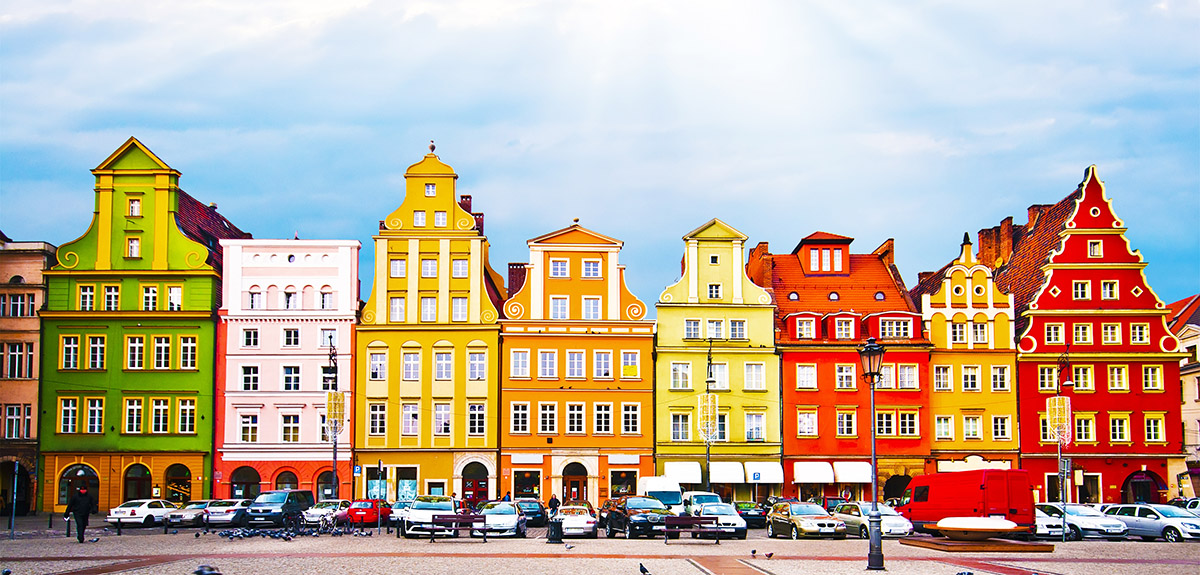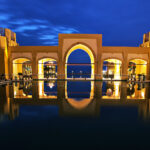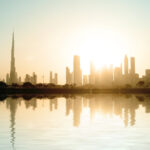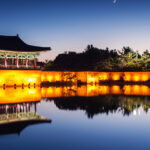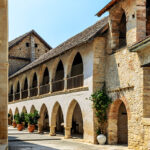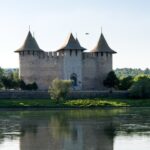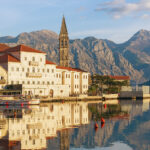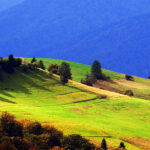Teaching English in Poland
Options for teaching jobs in Poland
Poland’s relationship with the rest of Europe has strengthened since it joined the European Union in 2004. As a result, the importance of learning an internationally compatible curriculum and having an excellent grasp of the English language has been recognized by the government. To progress beyond basic schooling, all Polish students must now pass a government-set English test before being able to further pursue professional careers in business, engineering, technology, or healthcare.
Demand for places at private international schools has increased significantly because of the European, and global, career opportunities such an education offers. The growing emphasis on learning English from a young age – and the requirement to succeed – also present excellent year-round opportunities for ESL teachers. Key locations with a variety of teaching jobs in Poland include the main cities, Warsaw, Krakow, Poznan, Lodz, Gdansk, Gdynia, and Sopot.

Teaching English in Poland – Salary and Benefits
Teachers working at private international schools can expect a salary upwards of $2,000 USD per month, dependent on a position level and previous experience. Many initiatives cover the costs of accommodation, provide a modest travel allowance, and sometimes offer healthcare plans.
Teaching English in Poland – Hiring
The academic year follows a calendar cycle similar to North American schools. Teacher vacancies at schools are typically posted during July and August for positions beginning in September or October. There are also frequent teaching jobs in Poland posted in January.
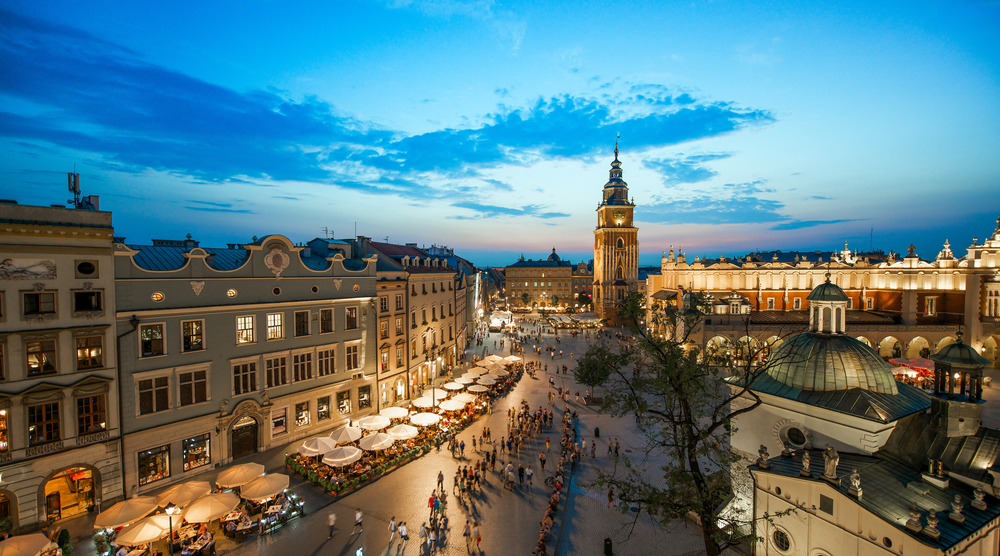
Qualifications required to teach in Poland
Living in Poland
Life in Poland
The cost of day-to-day living, even in the main cities, is low in comparison to most of Europe. The average rent for a quality two-bedroom city apartment outside the center of Krakow is around $650 USD per month. Groceries are also reasonably priced, and fresh fruit, vegetables, meat and fish are readily available from local markets and stores. Staple local dishes include stews, soups, dumplings, homemade breads and pickles.
The climate is temperate across the country and the weather varies from hot, dry summers from May to September, to snow storms in the depths of winter, accompanied by subzero temperatures across much of the country.
Things to do in Poland
Poland is a fantastic central hub to enjoy eastern European art, architecture and history. You’ll find museums to suit every interest, including some of the most comprehensive collections of wartime artifacts, records, and media in the world. There is a vibrant theater scene in both Warsaw and Krakow, and the cinema is a favored way to spend the evening. Most of all, many Polish people like to socialize over drinks, either at home or in the pub.
The best way to spend the beautiful spring and summer months is by making the most of the Polish countryside, parks, and forests. The areas surrounding the Zakopane and Tantras mountains, a short journey from Krakow, are popular with hikers, runners and cyclists, and in winter, you can swap your walking boots for ski boots. Poland is also home to several large wildlife and bird reserves, which are ideal locations for photography.

TEFL Certification for Private School Teachers
Experience teaching in Poland
Register for a teacher account to apply for teaching jobs in Poland.
Poland at a glance
Country information
Capital: Warsaw
Language: Polish
Population: 38 million
Currency: Euro
Government: Parliamentary republic
Size: 312,679
Quick facts
Poland became a member of NATO in 1999 and the European Union in 2004.
Poland is the ninth largest country in Europe by land area.
The world’s most famous female scientist and the first woman to win a Nobel Prize, Marie Curie, was born in Poland.
Over 30% of Poland is covered by forest.
After World War II, Warsaw’s old town had to be entirely rebuilt.
Polish is the second most widely spoken Slavic language after Russian.
Poland is home to one of the biggest lake districts in Europe, Masurian Lakeland, with over 2,000 lakes.
